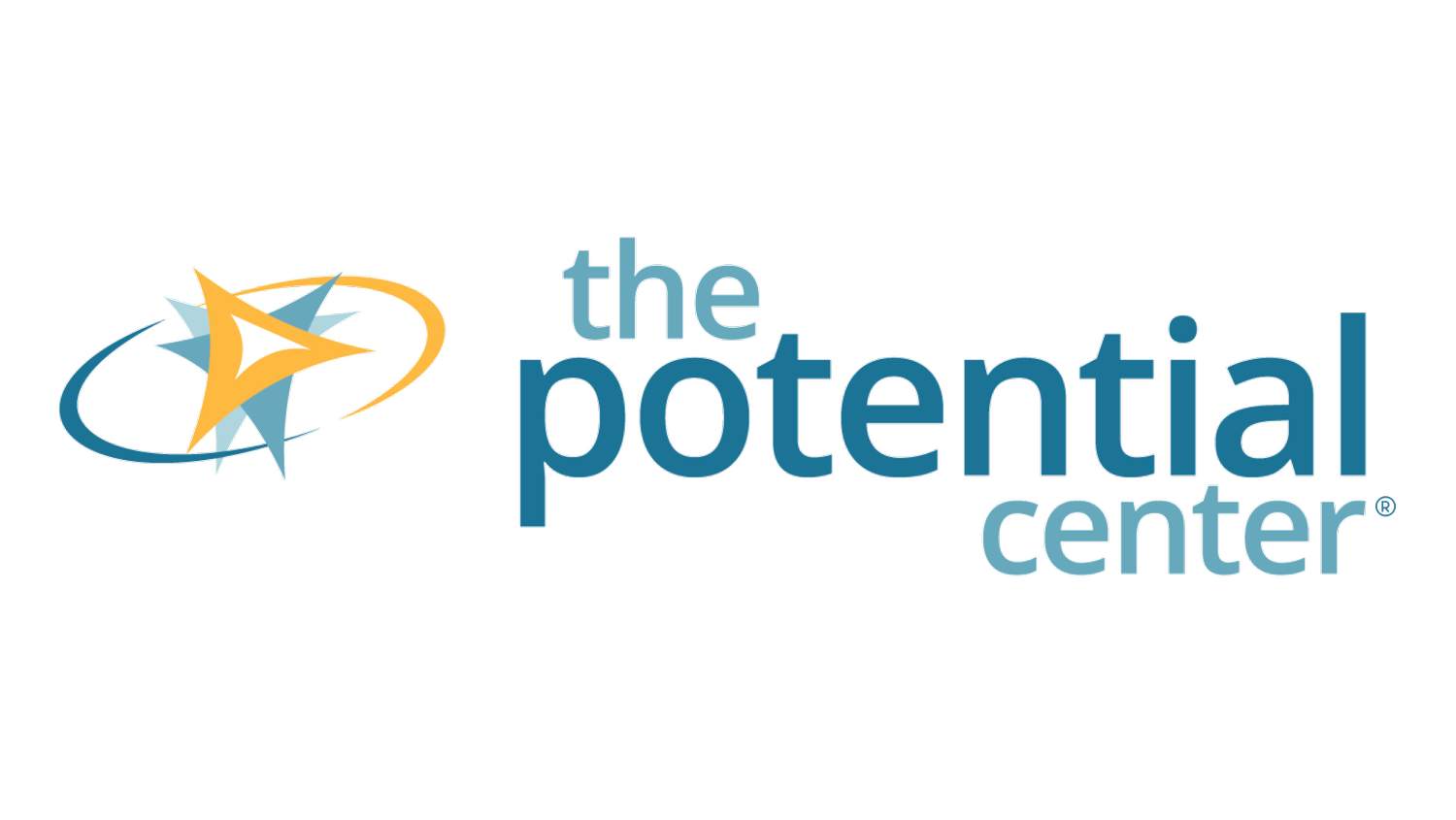Staying safe is dangerous
The future can change quickly (Joshua Sortino for Unsplash)
In business, staying safe is the most dangerous thing you can do
Kodak was so focused on photographic film that they missed out on the digital revolution. They filed for bankruptcy in 2012.
Even though Nokia developed the first-ever cellular network in the world, they arrived on the smartphone scene after Apple and Android and totally lost out in that market.
Xerox invented the PC but they were convinced the future of the company was in copy machines.
Blockbuster had the opportunity to purchase the start-up Netflix but declined, feeling that the price tag outweighed the benefits of home delivery.
Blackberry changed the game in the mobile industry with a keyboard, but they failed to adapt to the burgeoning trend for touch-sensitive screens.
Are you old enough to remember the Sony Walkman? In the ‘80’s, the Walkman changed the way people listened to music. They actually had the technology to launch a better product than the iPod, but they didn’t want to make the move towards digital music.
In contrast, think back a few short years. It would not have been possible to develop a Covid-19 vaccine in just a few months if the pharma industry and regulators didn’t take a risk and instead stuck to its safety-first protocols.
When playing it safe is beneficial
Although the above examples illustrate how playing it safe can be detrimental, there are times when working in a safe business environment is beneficial. When things are running smoothly (processes, revenue, customer experience), it’s a good time to go on auto-pilot in order to better anticipate and prepare for the future. It’s the perfect time to train yourself and your team in the art of creative problem-solving.
Why develop creative problem-solving skills?
The world is changing at a faster pace than ever and in unexpected ways. For your organizations to stay relevant, it’s important to regularly, quickly, and creatively improve the way you do business or support your beneficiaries. Intentional training in creative problem-solving techniques, followed-up with repeated practice on real-time projects, provides the necessary space for experimenting that will produce ideas, build a more collaborative team, and devise ways to further develop services, products, and internal processes.
What are you feeling safe about right now?
What external factors could impact that feeling of safety? How are you being pro-active in meeting potential threats?
Team training
I currently have space for one team training client. Schedule an introductory call if you would like to see what creative problem-solving training could look like for your team.

